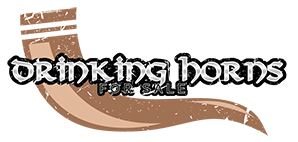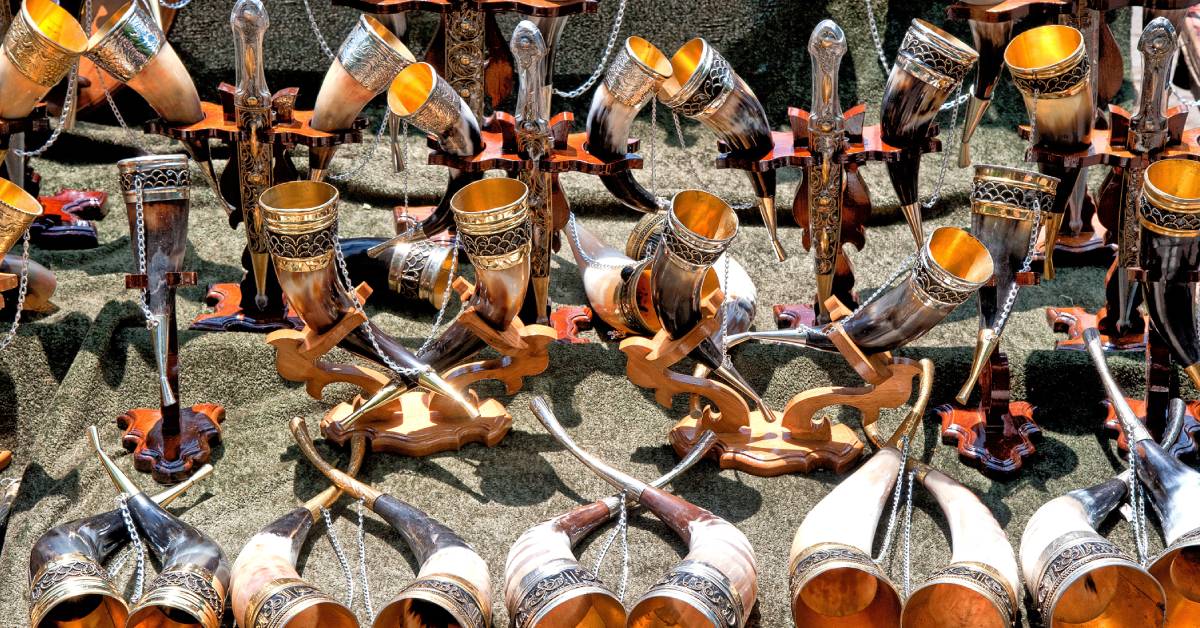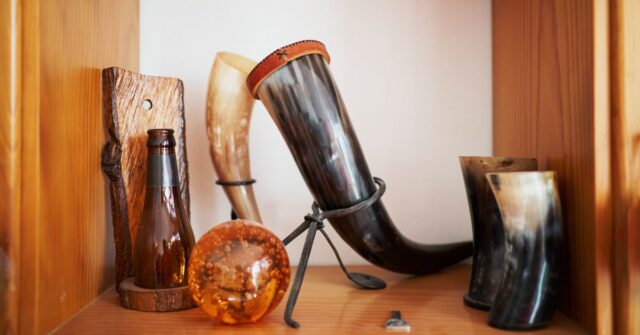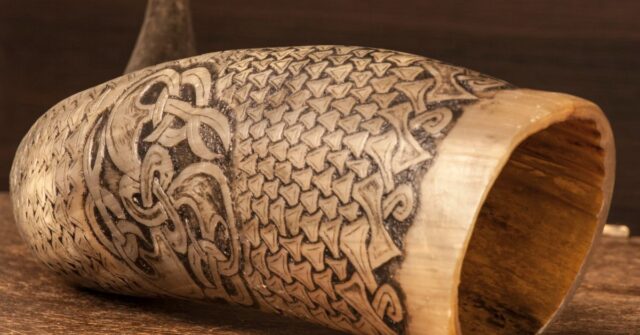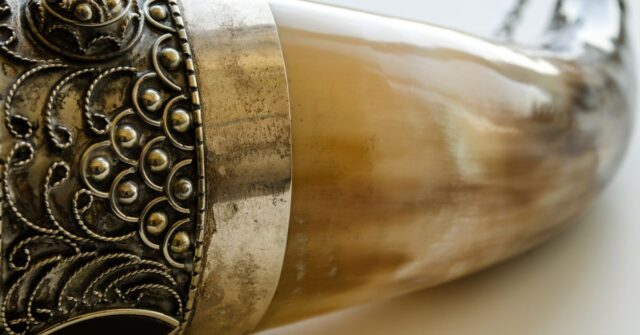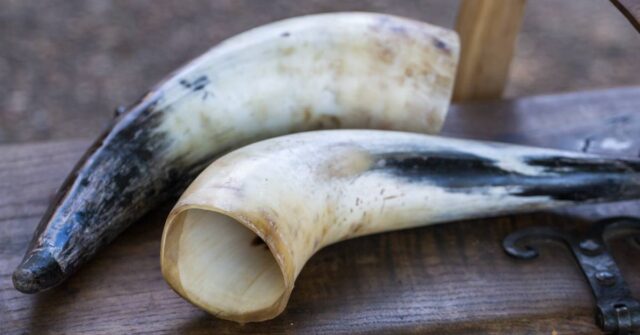Drinking horns, apart from their practical use, have been iconic pieces of art and culture throughout history.
Particularly, their embellishments have added layers of aesthetic appeal and narrative depth, making them far more than just drinking vessels.
In this article, we delve into the fascinating world of embellished drinking horns, tracing their history, significance, and the captivating artistry involved in their creation.
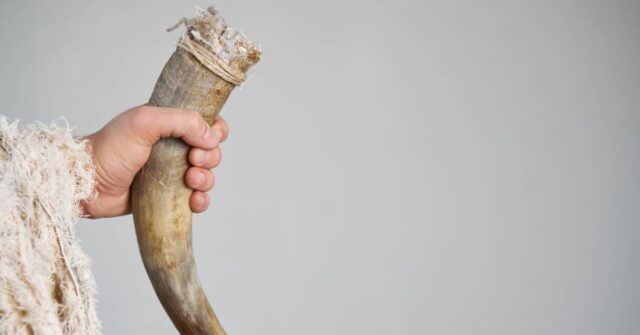
A Brief History of Drinking Horns
Drinking horns have a rich and diverse history that spans cultures and millennia. They’ve served both utilitarian and symbolic purposes, marking them as unique artifacts of human culture.
Origins and Early Uses
The first drinking horns trace back to the Iron Age, with early specimens found across Europe and Asia.
Made from the horns of bovines and other large-hoofed animals, they were primarily used as drinking vessels in ceremonial contexts.
Symbolism and Importance in Ancient Cultures
In many ancient cultures, drinking horns held profound symbolic meaning. They often represented power, abundance, and heroism, making them coveted items among tribal leaders and warriors.
Drinking Horns Through the Ages
Over the centuries, drinking horns evolved in design and use. The Middle Ages, in particular, saw an increase in their ornamental appeal, with intricate embellishments becoming a common feature.
Types of Drinking Horns
Drinking horns vary greatly in design, depending on the material used, their size, and the region where they were made.
By Material
While the earliest drinking horns were made from animal horns, later versions incorporated a range of materials like silver, gold, and glass, often inlaid with precious stones.
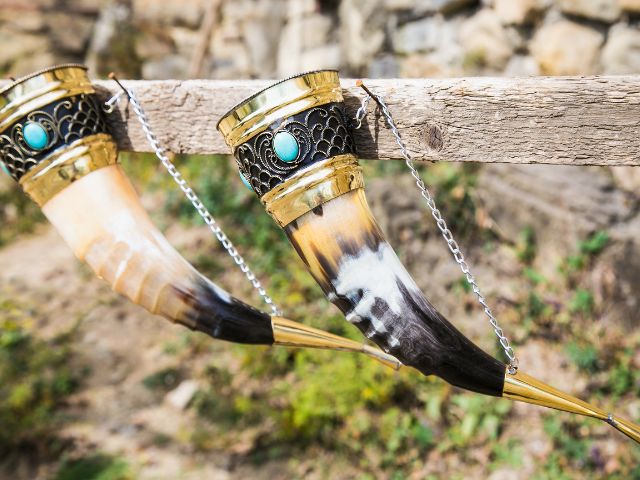
By Size
The size of drinking horns can vary substantially, from small, personal-sized horns to large ceremonial horns used in feasts and rituals.
By Region
Regional variations in drinking horns can reflect local cultures and traditions. Nordic, Celtic, and Germanic drinking horns, for example, each have unique features and embellishment styles.
Understanding the Art of Embellishing Drinking Horns
Embellishing drinking horns is an art in itself, involving a delicate balance between creativity and skill. Let’s delve deeper into the materials and techniques used in this process.
Materials Used for Embellishment
The materials used for embellishing drinking horns range from metals like gold and silver to semi-precious and precious stones, bone, or even enamel.
The choice of materials often reflects the resources available to the artisan and the status of the intended owner.
Techniques of Embellishment
Artisans use various techniques to embellish drinking horns, including carving, inlaying, engraving, and filigree. The choice of technique is influenced by the material of the horn and the intricacy of the desired design.
Significance of Embellishments
The embellishments on drinking horns are not merely decorative. They often carry symbolic meanings or tell stories that reflect the beliefs and traditions of the culture they come from.
Symbolic Meanings
From depictions of gods and heroes to intricate geometric patterns, embellishments on drinking horns often carry symbolic meanings. They can signify power, fertility, protection, or other concepts significant to the culture.
Storytelling Through Embellishment
In many cases, the embellishments on a drinking horn narrate a story or legend, turning the horn into a storytelling device. Such stories might include heroic feats, mythical creatures, or important historical events.
The Process of Crafting Embellished Drinking Horns
Crafting an embellished drinking horn is a process that requires skill and patience. Let’s break down the steps involved.
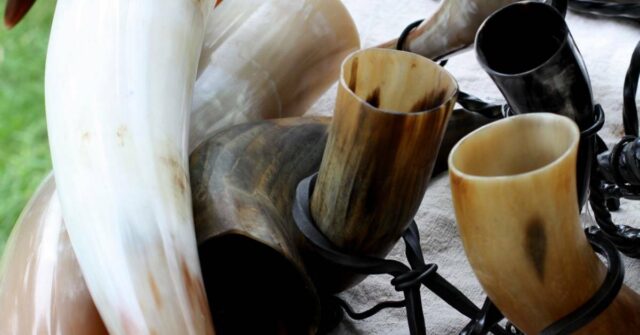
Selecting the Horn
The first step is choosing the right horn. The shape, size, and material of the horn can influence the final design and the techniques used for embellishment.
Shaping and Polishing
After selecting the horn, it is shaped and polished to create a smooth surface for embellishment. This step may involve cutting, filing, and sanding the horn.
Applying Embellishments
The next step is to apply the embellishments, following the pre-designed pattern. This is a meticulous process that can take days or even weeks, depending on the complexity of the design.
Contemporary Relevance of Embellished Drinking Horns
Although the practical use of drinking horns has largely diminished, their cultural and artistic relevance persists. Today, they can be found in art exhibitions, pop culture, and are treasured collectibles.
In Modern Art
Modern artists often draw inspiration from historical artifacts, and embellished drinking horns are no exception.
They are appreciated for their intricate designs and craftsmanship, and replicas often feature in contemporary art exhibitions and galleries.
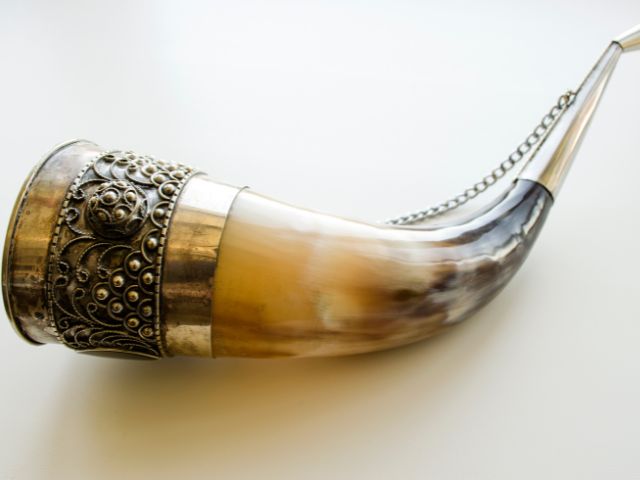
In Pop Culture
Embellished drinking horns have found their place in pop culture as well. They are often seen in fantasy and historical TV shows, films, and games, where they add a touch of authenticity to the setting.
As Collectibles
For history enthusiasts and art collectors, embellished drinking horns are prized possessions.
Antique drinking horns, especially those with well-preserved embellishments, can fetch high prices at auctions and are often displayed in private collections and museums.
Preserving and Caring for Embellished Drinking Horns
Maintaining the beauty and integrity of embellished drinking horns requires proper care and handling. Here are some tips for their preservation.
Proper Handling
When handling embellished drinking horns, it’s important to avoid touching the embellishments directly as the oils and dirt from hands can damage them over time. Using clean, soft gloves is recommended.
Storage Tips
Storage conditions greatly impact the preservation of embellished drinking horns. They should be kept away from direct sunlight, extreme temperatures, and high humidity. A display case with controlled climate conditions is ideal.
Restoration and Repair
If an embellished drinking horn gets damaged, professional restoration is recommended.
Trained conservators can carefully repair the damage and restore the horn’s original beauty, often using techniques similar to those used in its initial creation.
Famous Embellished Drinking Horns and Their Stories
Over the centuries, many embellished drinking horns have gained fame for their exquisite design, historical significance, or the stories they carry.
Here, we’ll explore a few of these legendary pieces and their fascinating histories.
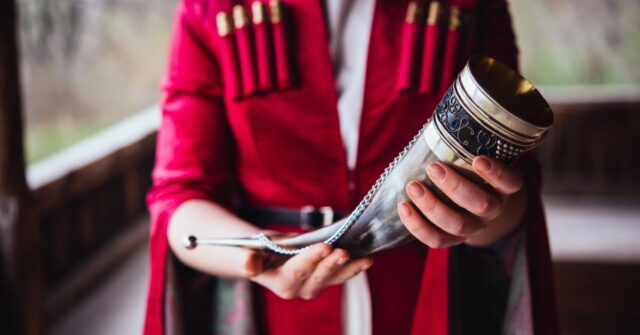
Conclusion
Embellished drinking horns stand testament to human artistry and the love for storytelling.
From their practical use in ancient times to their modern role as decorative art pieces, they continue to captivate us with their charm and symbolism.
The Timeless Appeal of Embellished Drinking Horns
Despite the passage of centuries, the appeal of embellished drinking horns remains undiminished.
Whether they serve as a reminder of our rich history, a symbol of cultural identity, or simply as an exquisite work of art, they continue to fascinate and inspire, proving that true beauty indeed stands the test of time.
